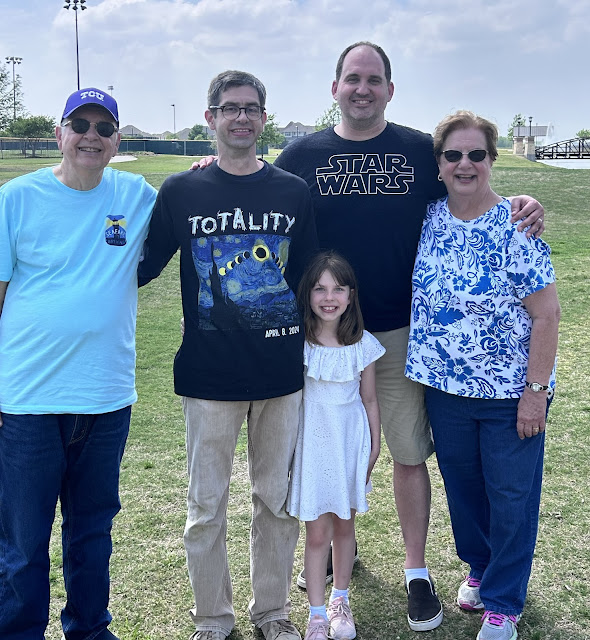Eclipse photography
This is about eclipse photography. But I’m not going to share the technical details. I’ll leave that to some websites that I will link below. Besides, if you’re going to do more than just casual eclipse photography, you probably should have researched that by now. 😀
That being said, I’m going to share with you some tips from my experience at the 2017 total solar eclipse.
Remember, regarding eye and camera safety, you have to protect your eyes and cameras by having a solar filter over the front of your camera for all of the partial phases.
Of course, it’s safe to remove the solar filters and take pictures and videos during totality.
For everyone:
***Be sure to turn your automatic flash off! If you don’t know how to, cover it with something dark.***
At the very least, I highly recommend everyone do a wide angle video showing the darkening sky, and showing your reactions a few moments before totality, through totality, and a little bit out the other side. You don’t even really have to show the sun, but if you want to, only do it during the total phase. When it’s over, interview each other on the video and share your reactions.
I would suggest propping your camera up onto something. If you are handholding, don’t just assign one person to hold the camera the entire time. For example, one person holds it for the first 30 seconds or so, and hand it off to another person. Turn your screen brightness down as much as possible, and hold the camera as close to your body as possible so that the glare of the phone doesn’t interfere with viewing.
Of course, you can take still pictures and short video clips of whatever catches your eye during the partial and total phases. Just have that flash off!
For people a bit more serious:
Here are some links from reputable sources going into the details of eclipse photography. If you want to give it a try:
If you look up other sites about eclipse photography it’s best to use astronomy and photography websites.
Here’s the advice that I will give, which was very useful for me in 2017. Look at the amount of totality that you get from your location using this interactive map:
Ask yourself: How much of the totality time do you want to spend doing things related to photography?
I got 2 minutes and 30 seconds of totality in Wyoming in 2017. I decided I didn’t want to spend any more than about 35-40 seconds doing things that are photography related. Photography related in this case is not just taking the pictures, but changing lenses, camera settings, and so on.
Be organized: do some practice runs, limit your photographs to the few that you most want to capture, and have your totality settings dialed in a few minutes BEFORE totality.
Photography and video of this eclipse is fine, but you should absolutely prioritize viewing.
Get a really good look at that corona, deep blue twilight sky, 360° sunset, and other features of this amazing event.
Cherish those moments.

Comments
Post a Comment